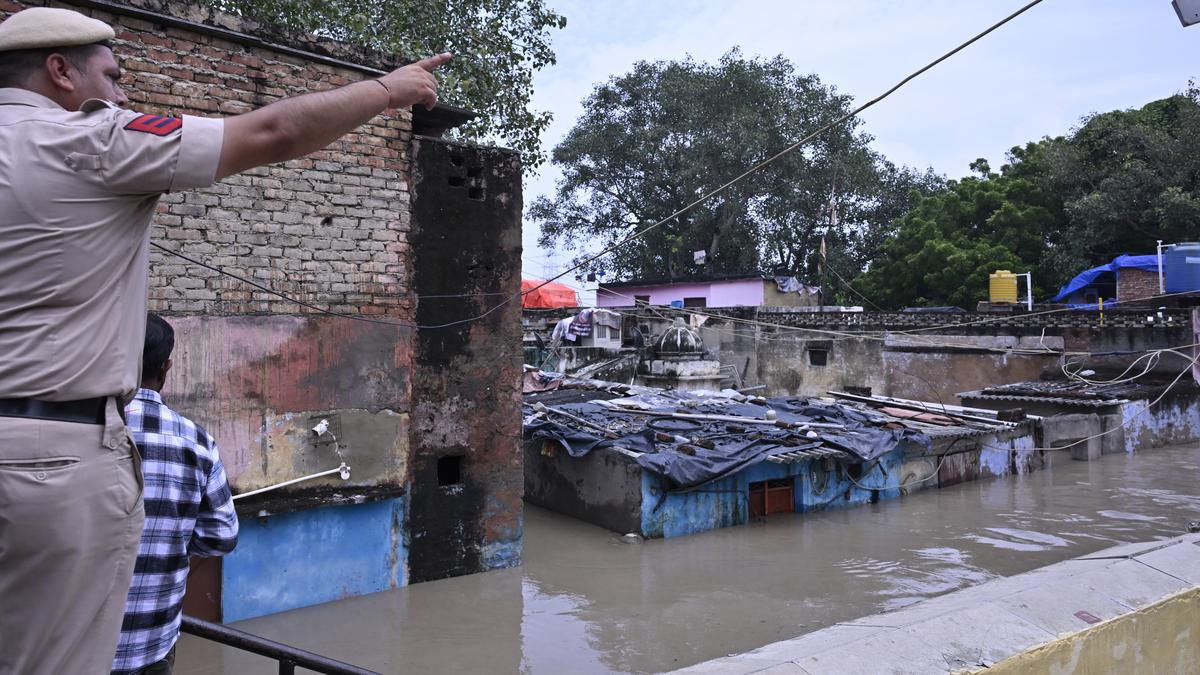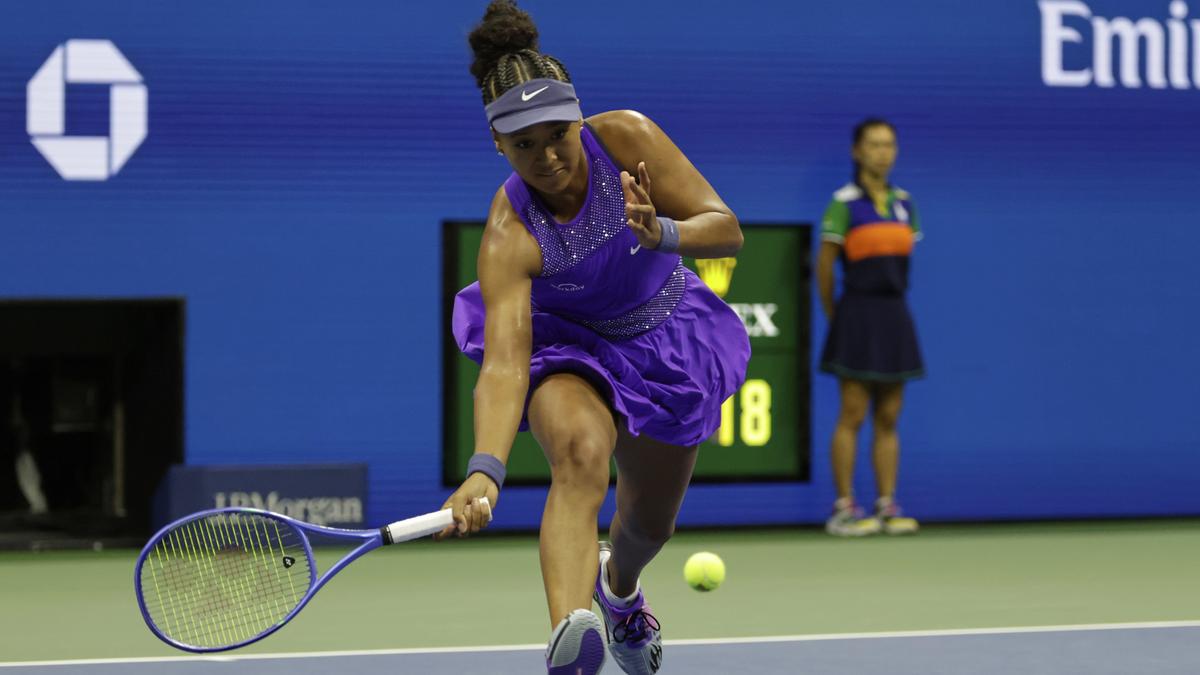Now Reading: Rising Healthcare Costs: Challenges for India’s Aging Population
-
01
Rising Healthcare Costs: Challenges for India’s Aging Population
Rising Healthcare Costs: Challenges for India’s Aging Population
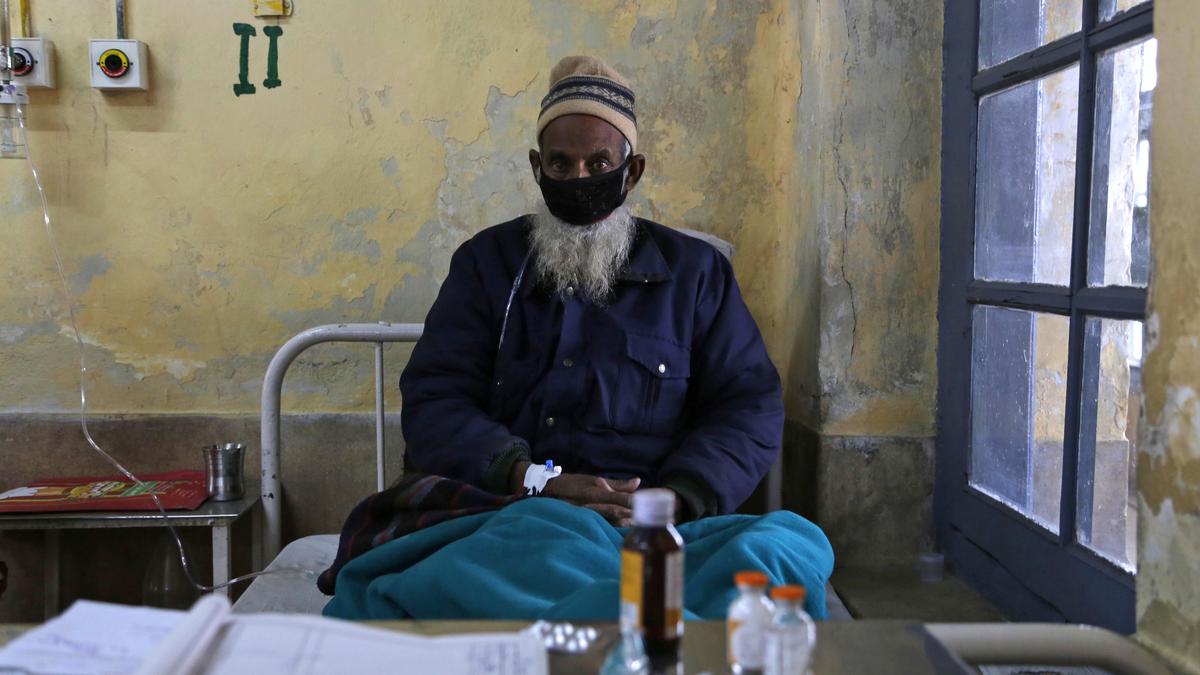
Speedy Summary
- Ageing Population Challenges: Older individuals in India face rising healthcare costs and financial dependencies, exacerbating vulnerabilities due to multiple comorbidities.
- Healthcare Expenditure Impact: High healthcare costs lead to depleted savings, loans, distress financing, or dependence on contributions from relatives. Common reasons for hospitalisation include chronic illnesses like diabetes, heart-related issues, and strokes.
- Insurance Coverage Issues:
– Government health schemes (like PM-JAY) and State-specific programs exist but lack full accessibility and affordability for senior citizens.
– Insurance coverage is highest among ages 60-69 (20.4%), though elderly women have lower coverage rates than men. rural areas lag behind urban counterparts in awareness of these schemes.
- Cost Constraints: Chronic diseases require long-term treatment; financial barriers impact drug compliance and lead to ICU discharges against medical advice. Private insurance becomes expensive with age; only about 20% of elderly patients appear covered by insurance.
- policy Gaps: Palliative care isn’t covered by most schemes; post-discharge expenses like physiotherapy or oxygen support frequently enough fall on out-of-pocket spending. Inclusion of paramedical services remains limited in existing policies.
- Future Preparedness Recommendations:
– Simplify enrolment processes for government health insurance programs and raise awareness among rural communities.
– Focus on preventive care through vaccinations targeted at older populations.
Indian Opinion Analysis
India’s ageing population poses multifaceted challenges regarding the financial burden of healthcare amidst demographic shifts. While government initiatives like PM-JAY attempt inclusivity by offering free coverage to senior citizens above age 70 irrespective of income levels, questions regarding affordability persist-especially given premium inflation within private insurers’ domain.
Low awareness about available resources disproportionately affects rural elders compared to their urban counterparts-a situation requiring systemic outreach efforts tailored specifically toward these areas alongside simplified administrative onboarding procedures. Expanding insurance policies that include palliative care would address critical gaps for bedridden seniors and those requiring extended treatment post-hospitalisation.Furthermore, the inclusionary model seen in States such as Tamil Nadu demonstrates positive outcomes but highlights broader disparities across india where public hospitals remain underdeveloped or unequipped outside well-governed regions like Kerala or Tamil Nadu.
A nationalised approach focusing simultaneously on reducing direct out-of-pocket expenditure through government infrastructure improvements while incentivising middle-aged demographics into preemptive savings plans could mitigate future strain both individually and systemically across all spectrums facing heightened geriatric dependency ratios over decades-long projections ahead.


